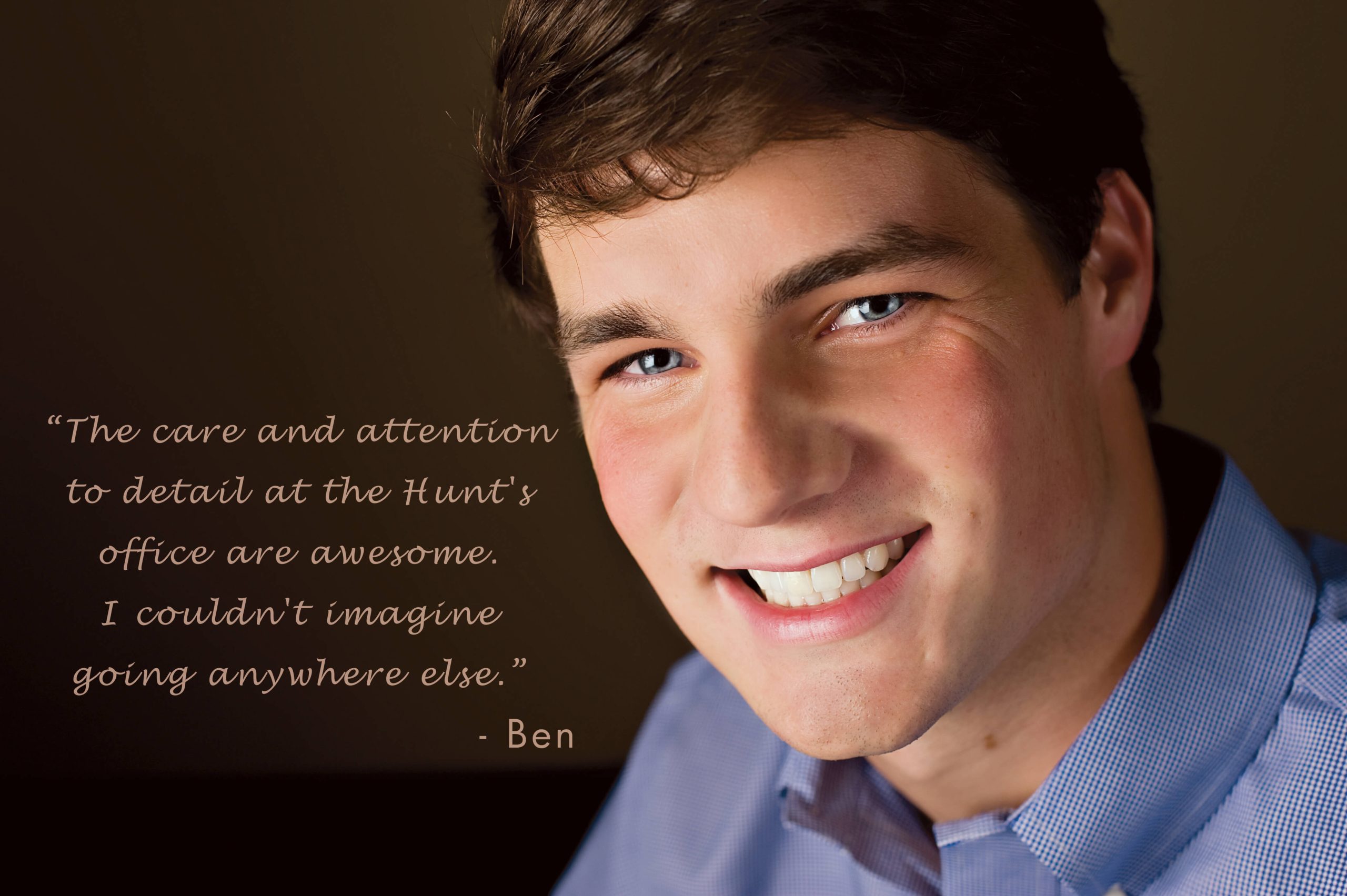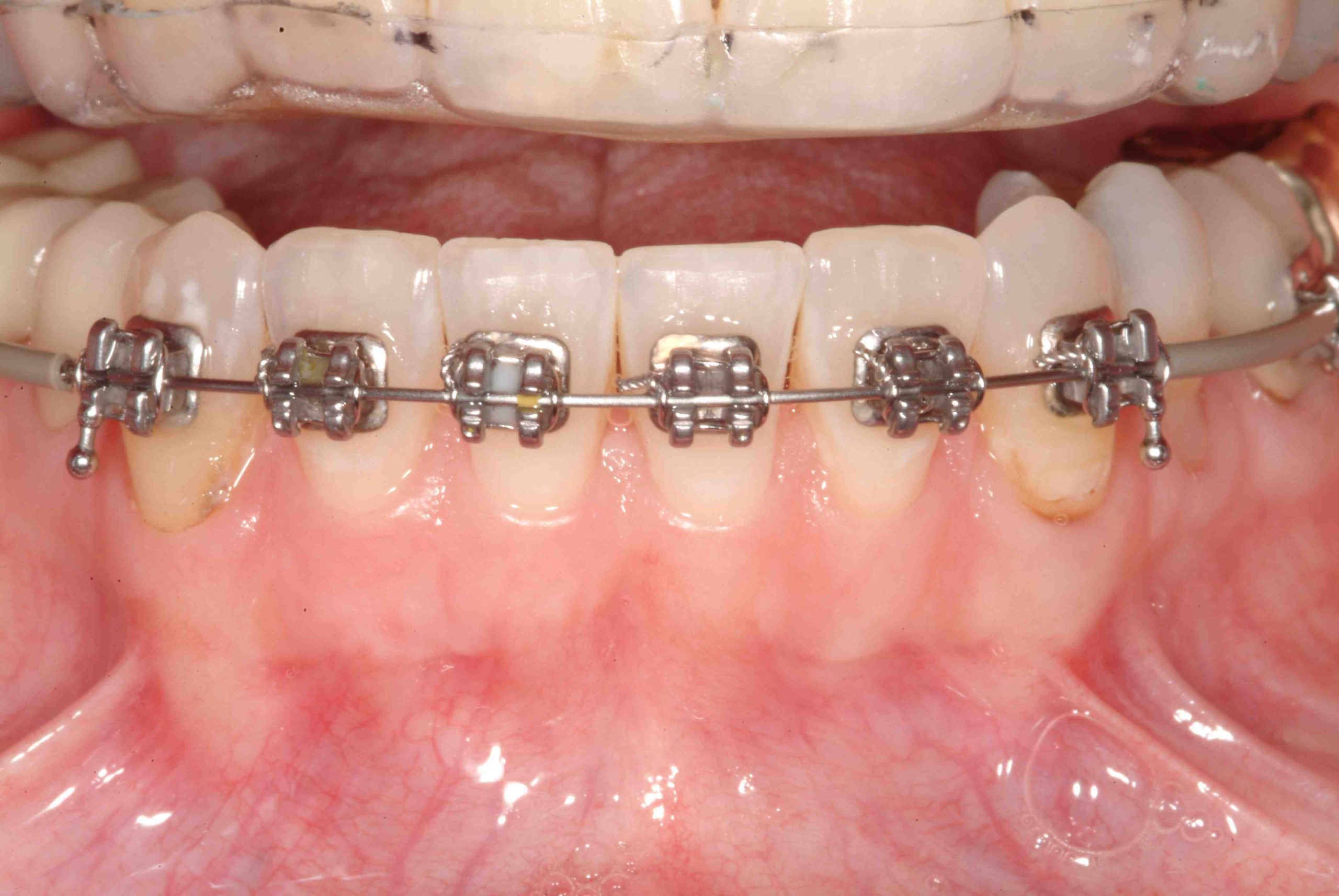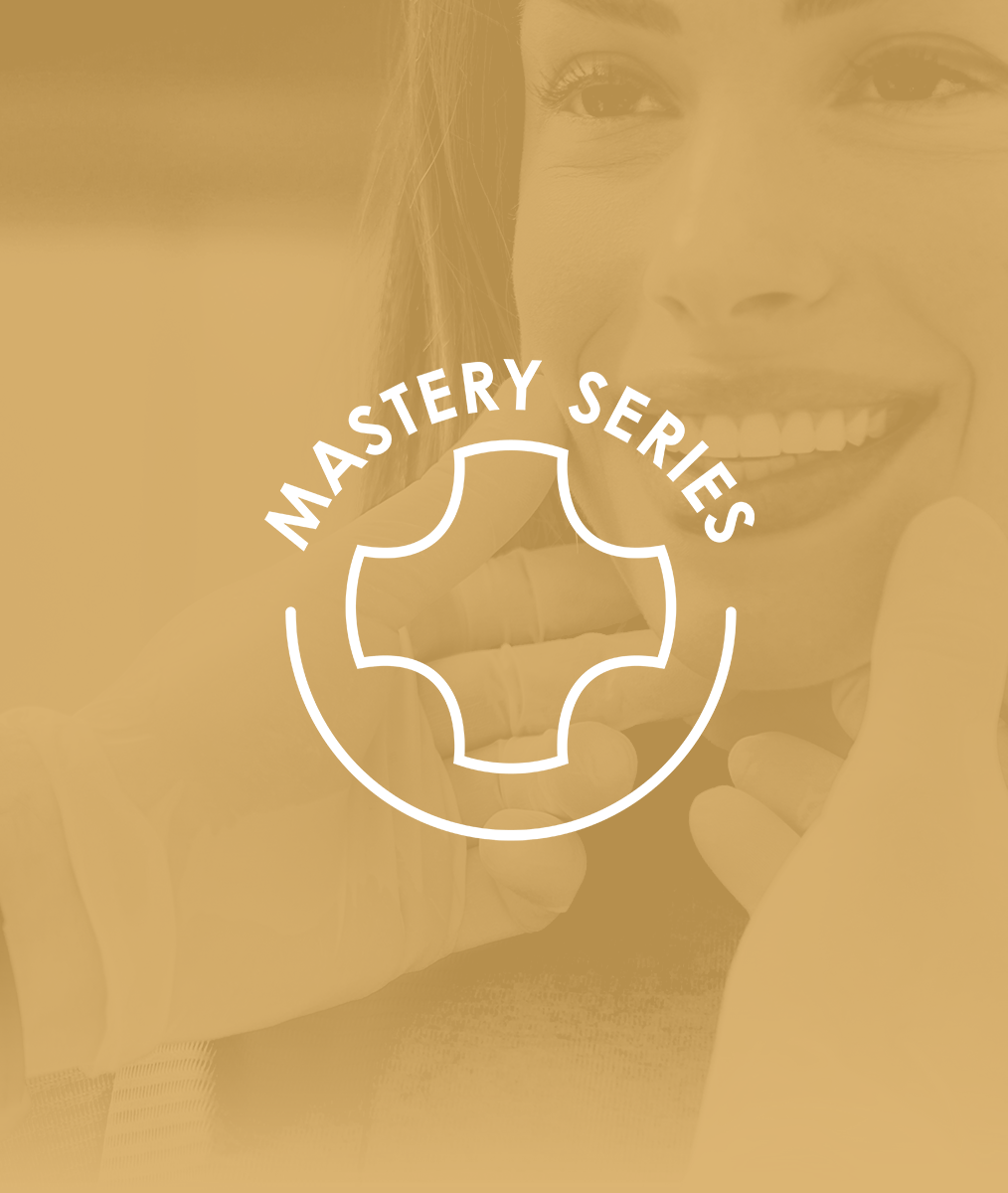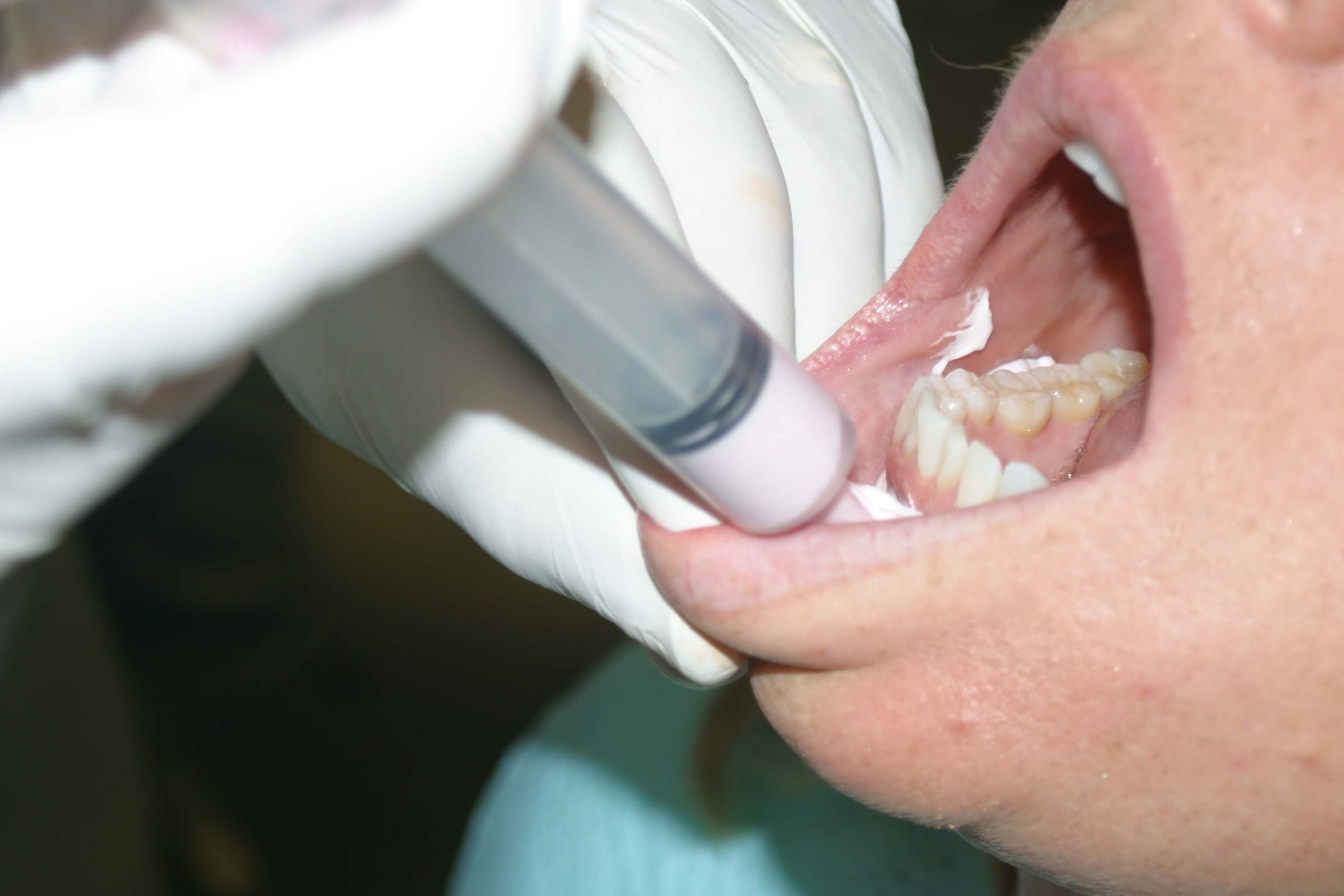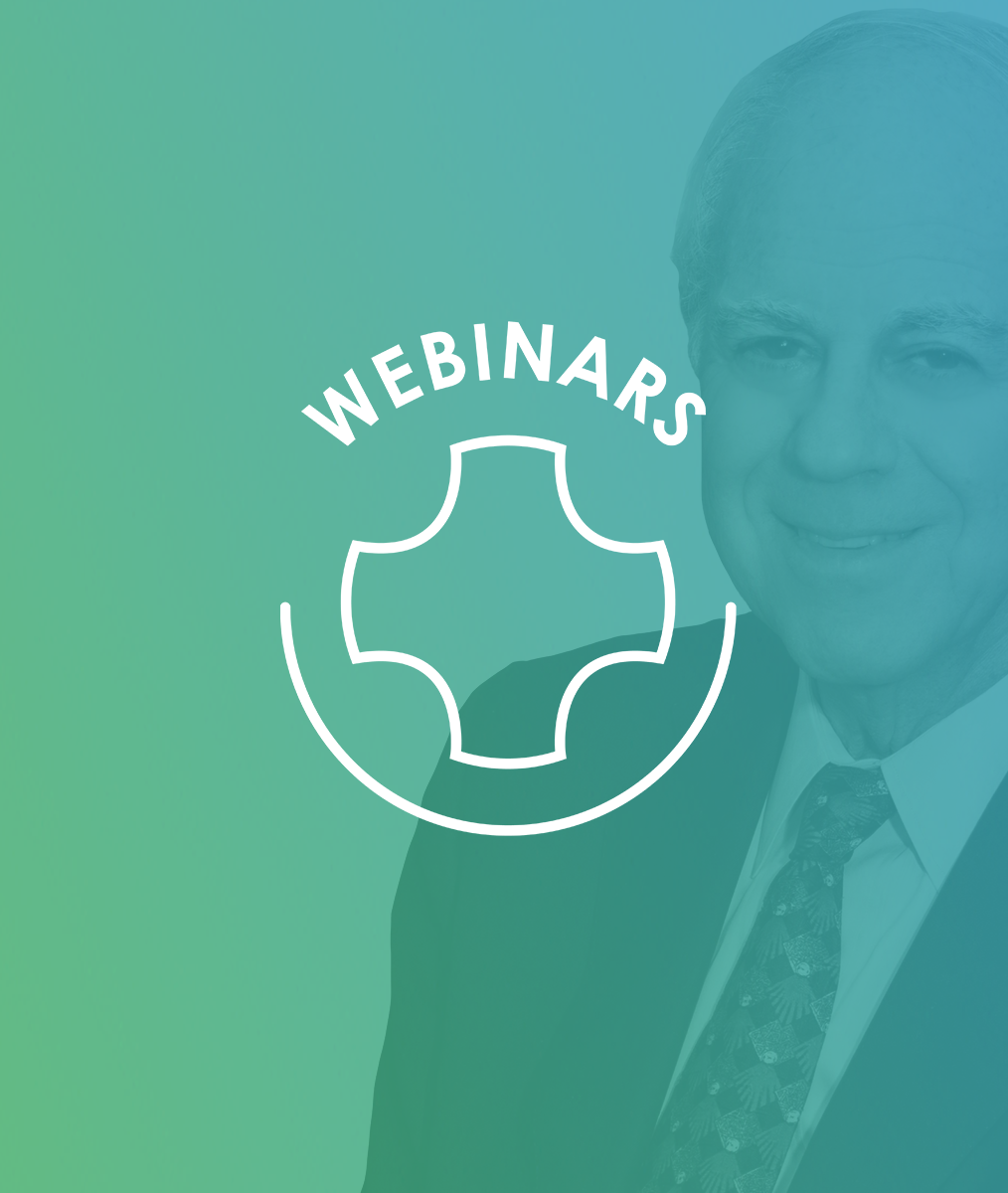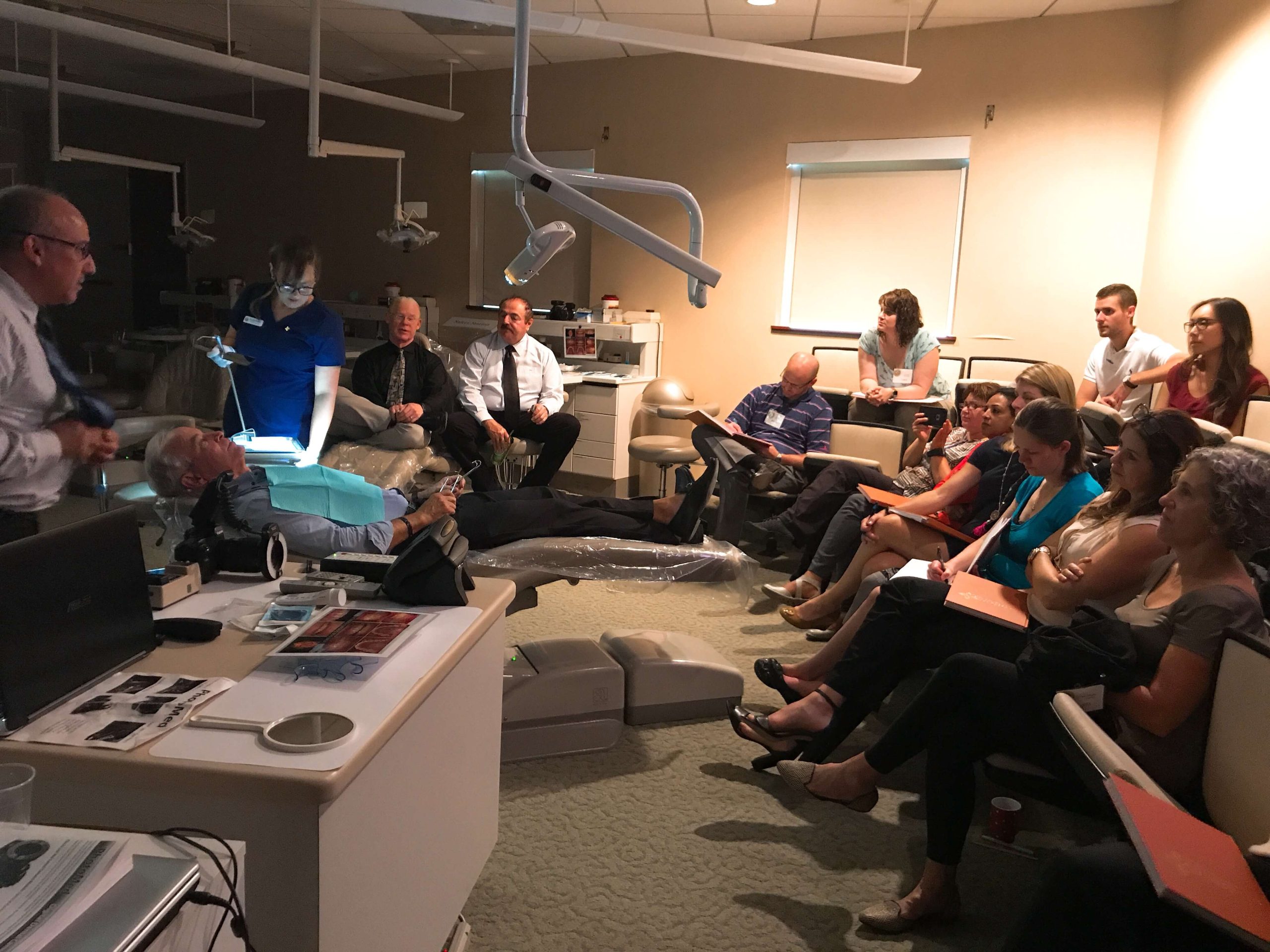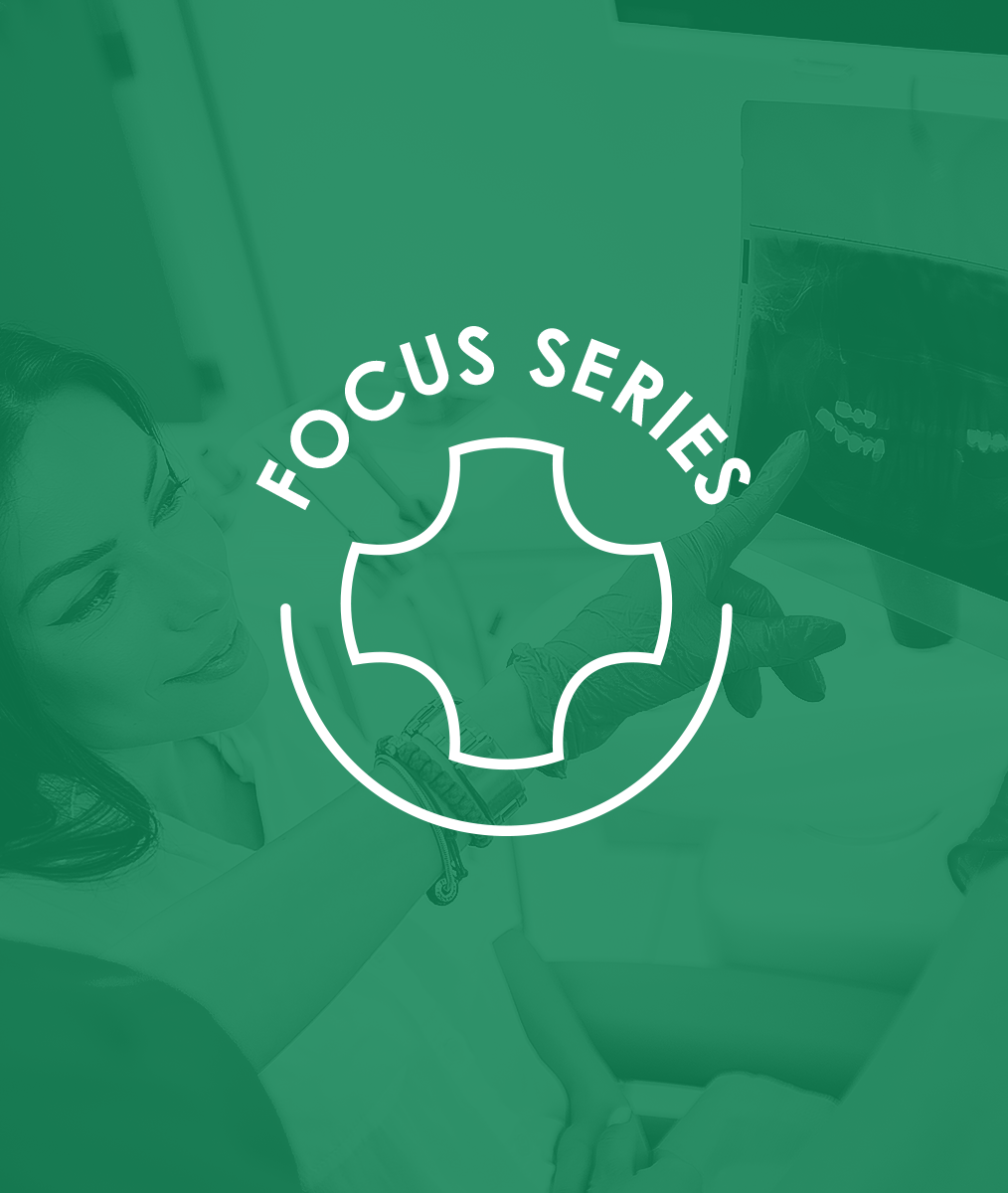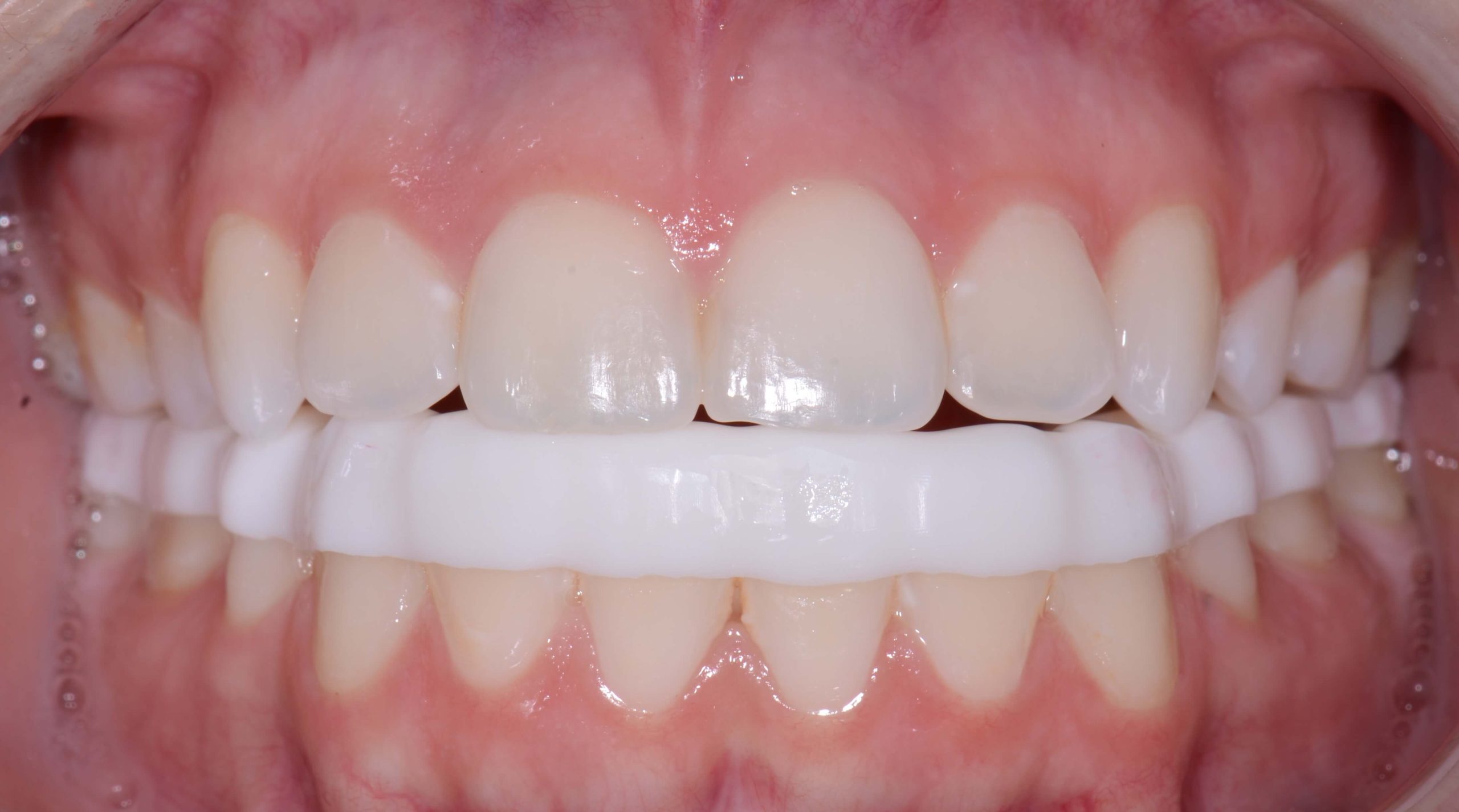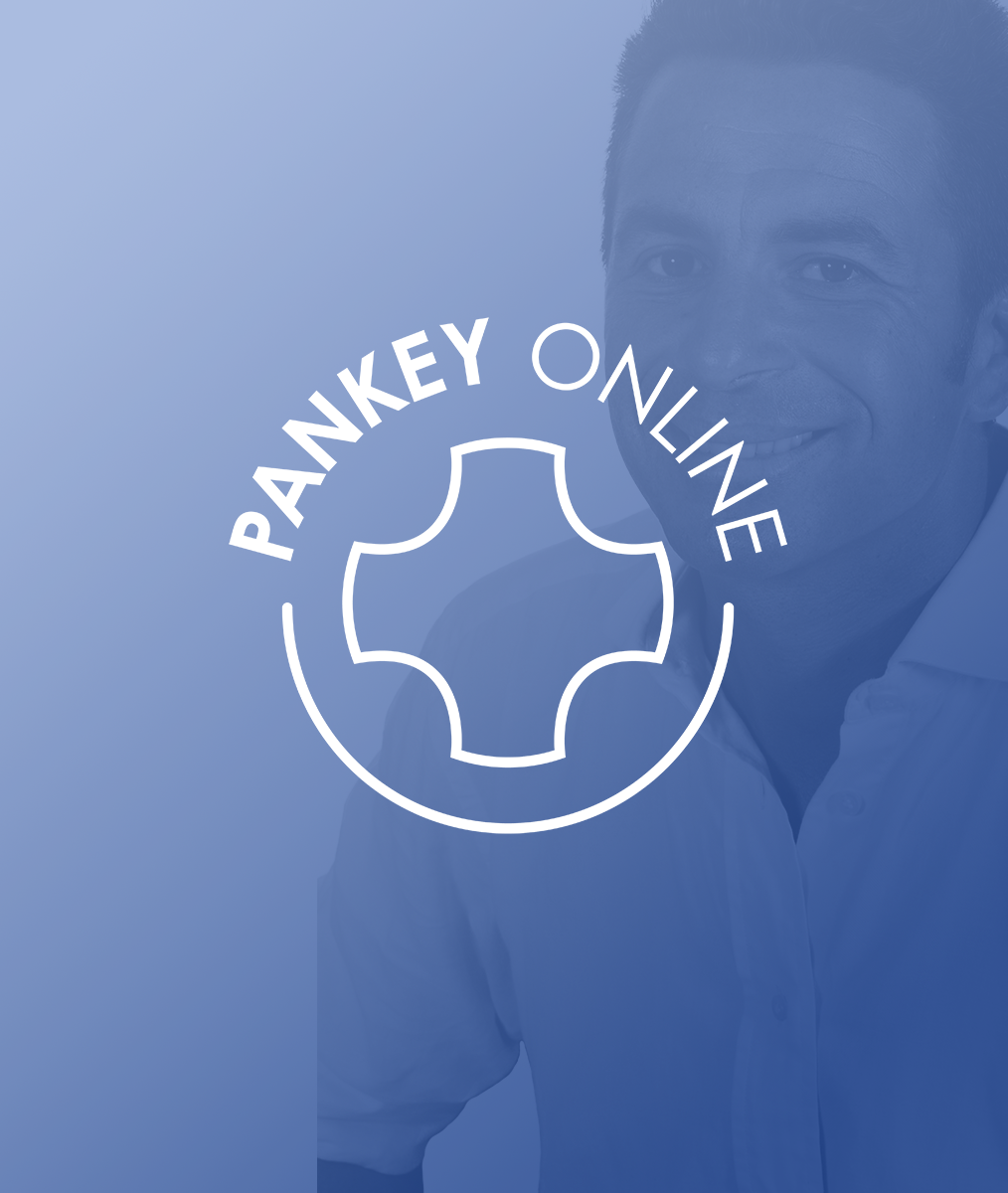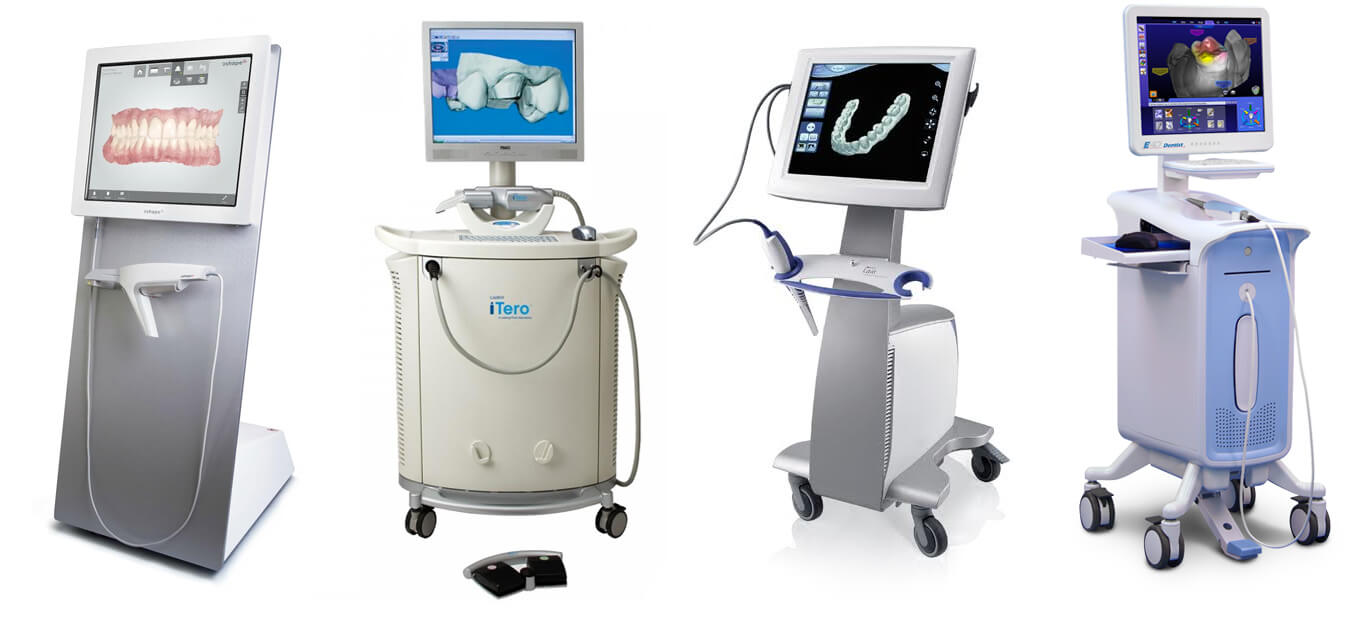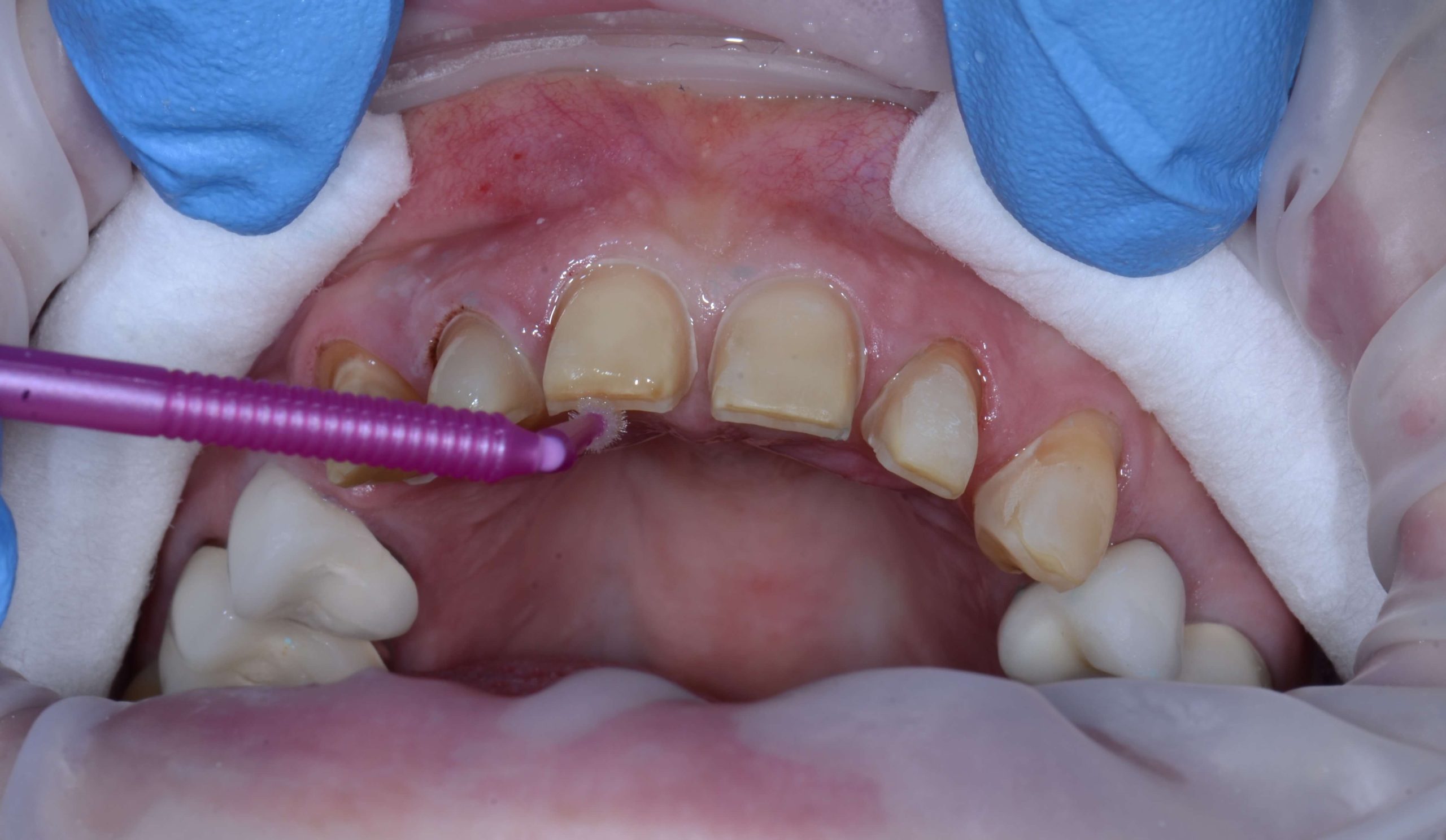Hosting a Patient Focus Group: Part 2
Patient focus groups are useful for truly understanding the experience people have at your dental practice. You can go right to the source for questions you have about patient perceptions, instead of speculating based on your own point of view.
In my last blog, I introduced the why and how of a patient focus group my wife Amy and I hosted to celebrate our practice’s 25th anniversary. The first four questions we asked invited patients to share their thoughts. Our final question was:
If you could design the perfect dental practice, what would it look like? (2 groups)
Read on to learn what the focus group taught us …
Results of the Patient Focus Group at My Dental Practice
The ensuing conversations and comments from our five main questions were uplifting and empowering for everyone on our team. We all found it quite interesting that their comments were rarely about our dentistry but rather about how we make them FEEL when they are with us. We thanked them for their participation and invited each of them to refer others who share similar values.
While the evening was considered a huge success, the impact came in subsequent waves of influence. With their permission, we proudly display the portraits and quotes throughout the office and on our website (www.huntdentistry.com). Each of these patients have become empowered to refer countless other “A” patients to us. The portraits have become a daily source of inspiration for our team and other patients – “How can I get my picture on the wall?”
The “focus group” concept really helped to reaffirm our practice mission of developing trusting relationships with as many of our patients as possible and helping them become healthier and happier through our compassionate care. We’re all looking forward to our 30-year anniversary!
How would you host a patient focus group? Please let us know your thoughts in the comments!
Related Course
E2: Occlusal Appliances & Equilibration
DATE: February 9 2025 @ 8:00 am - February 13 2025 @ 2:30 pmLocation: The Pankey Institute
CE HOURS: 44
Dentist Tuition: $ 7400
Single Occupancy with Ensuite Private Bath (per night): $ 345
THIS COURSE IS SOLD OUT What if you had one tool that increased comprehensive case acceptance, managed patients with moderate to high functional risk, verified centric relation and treated signs…
Learn More>








